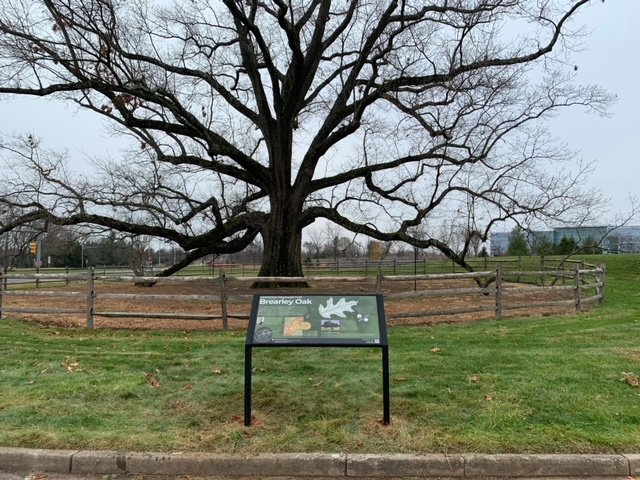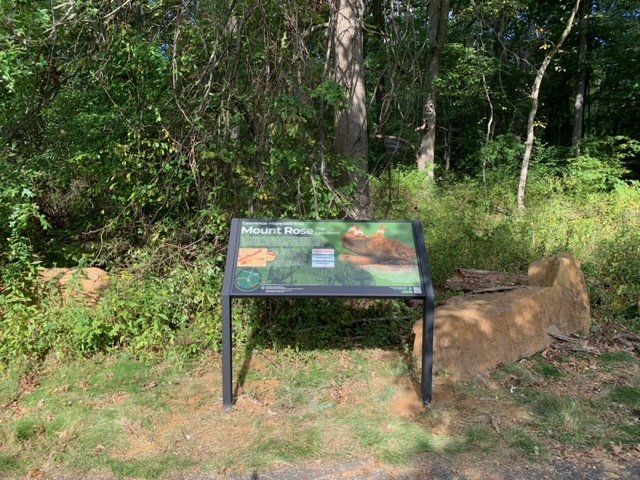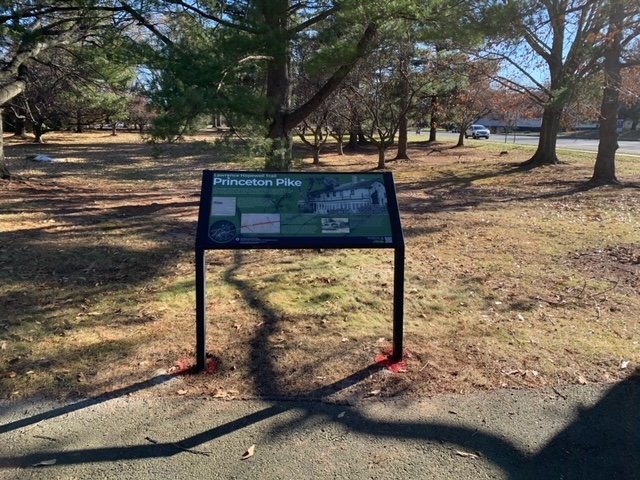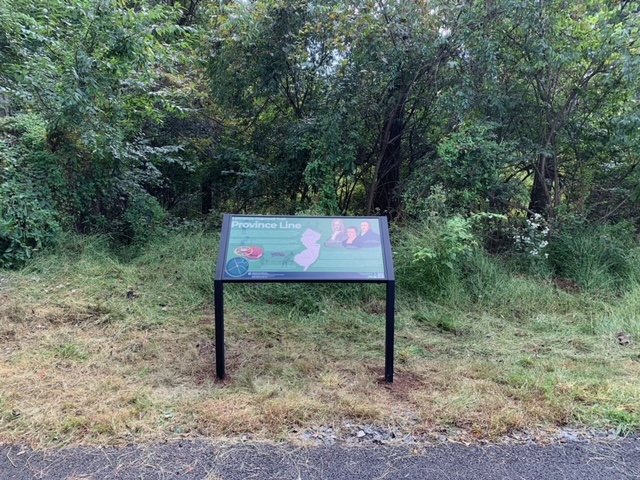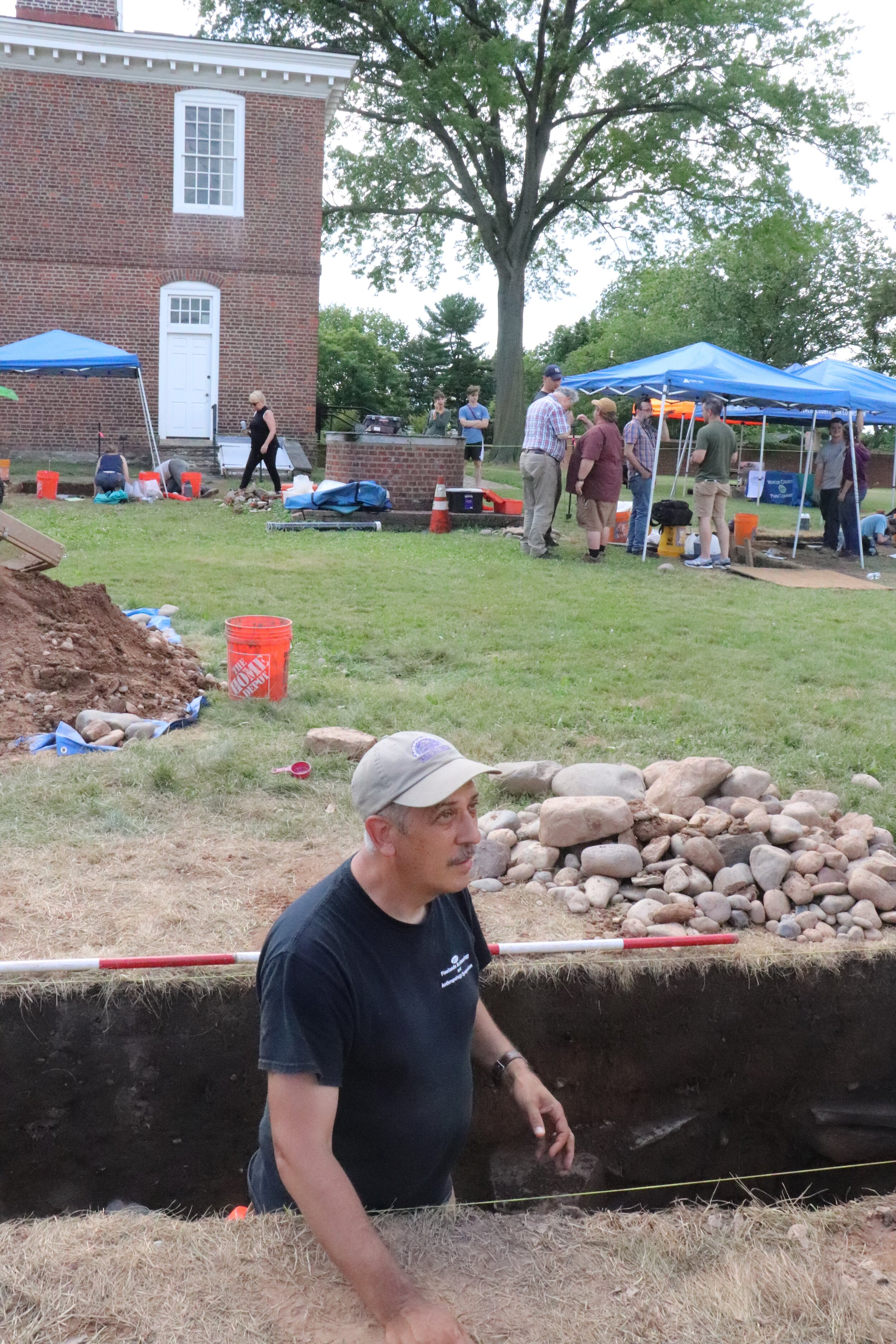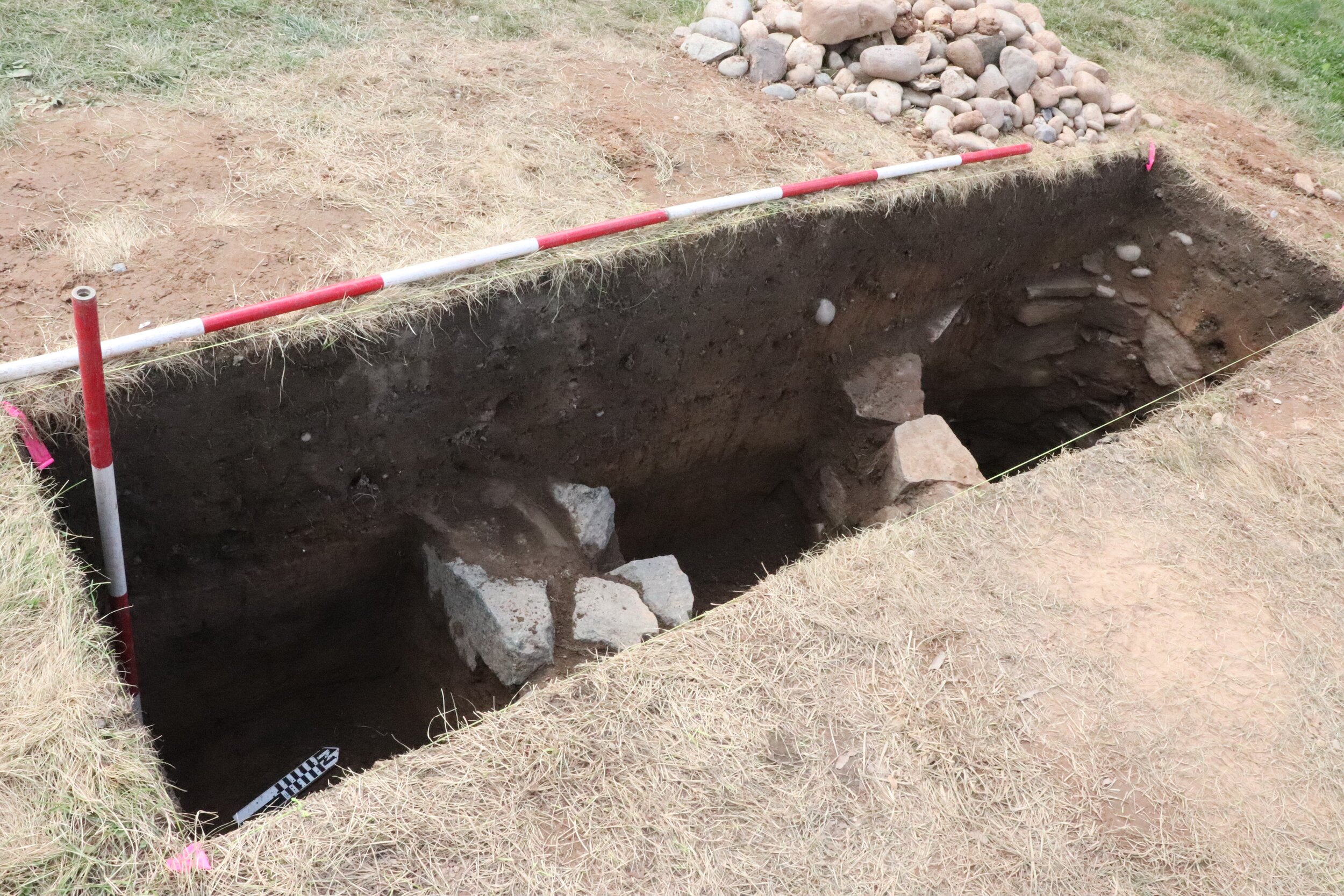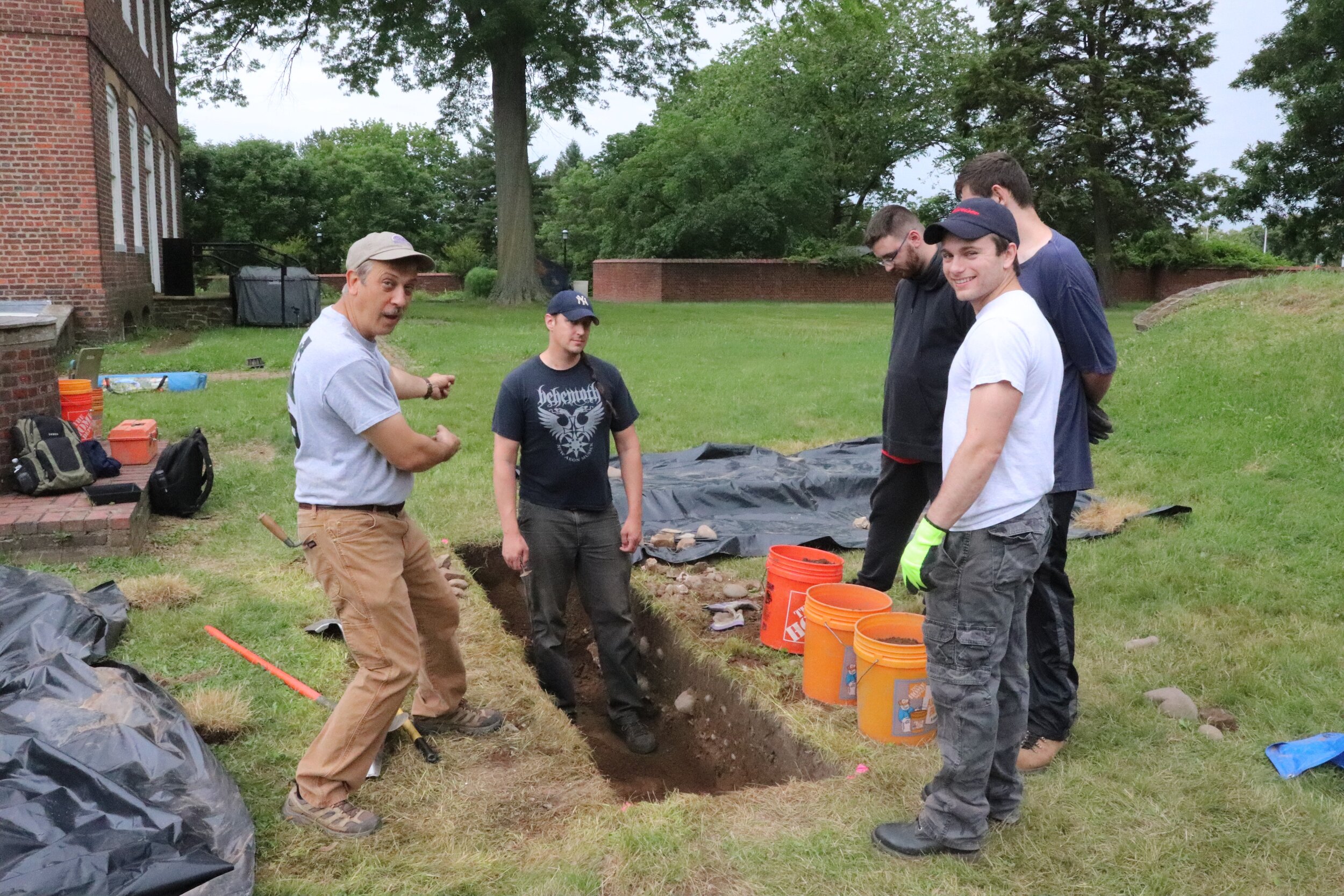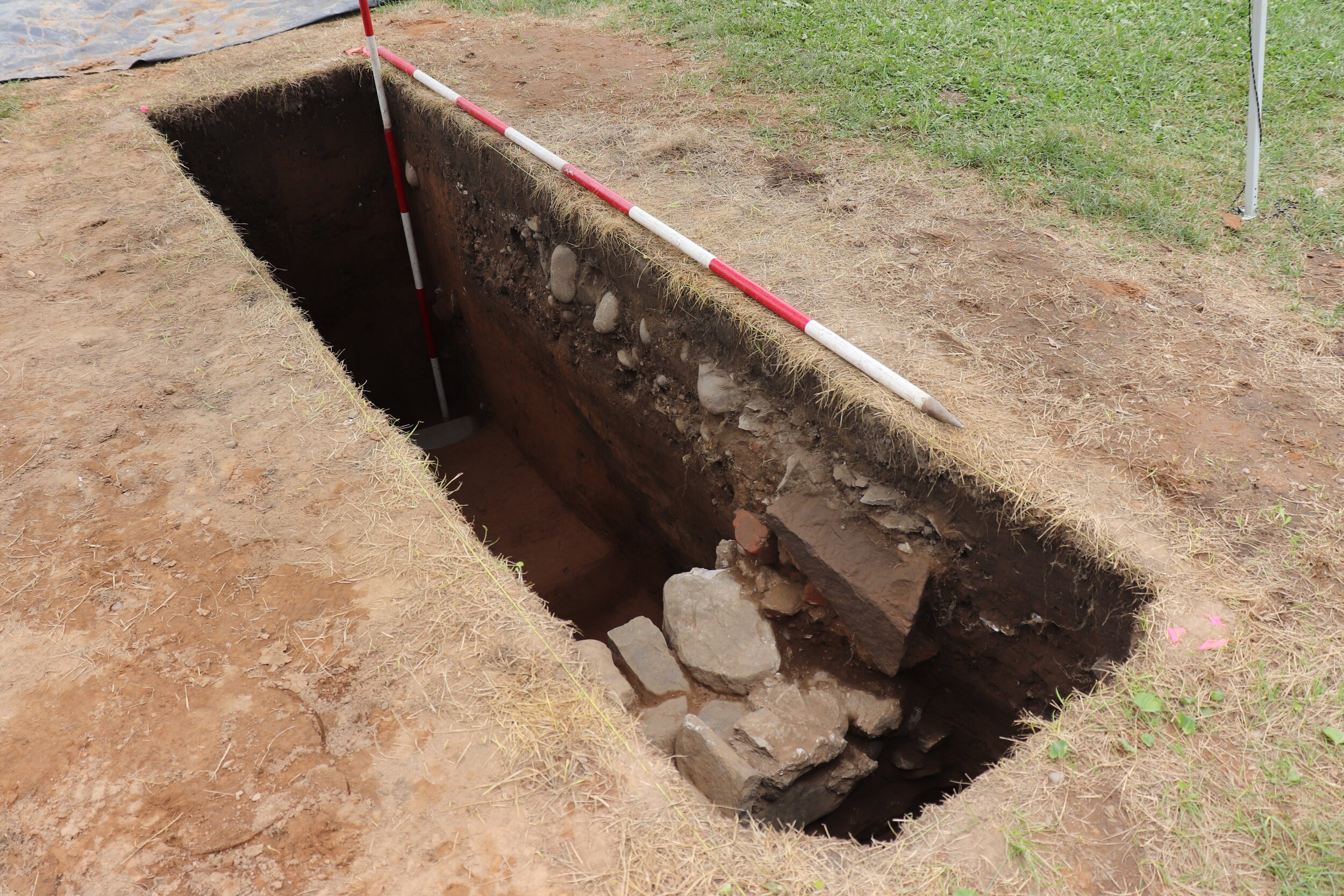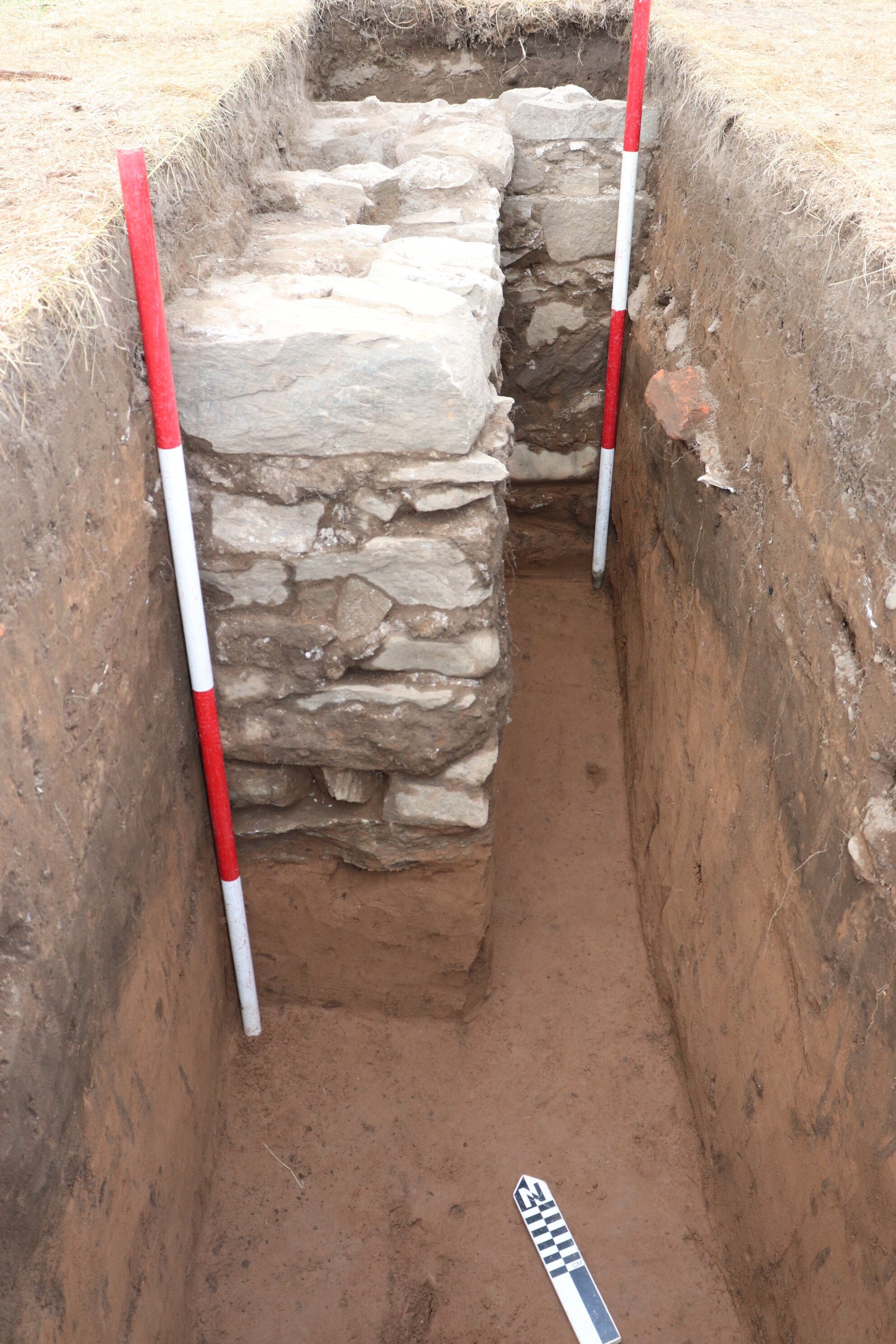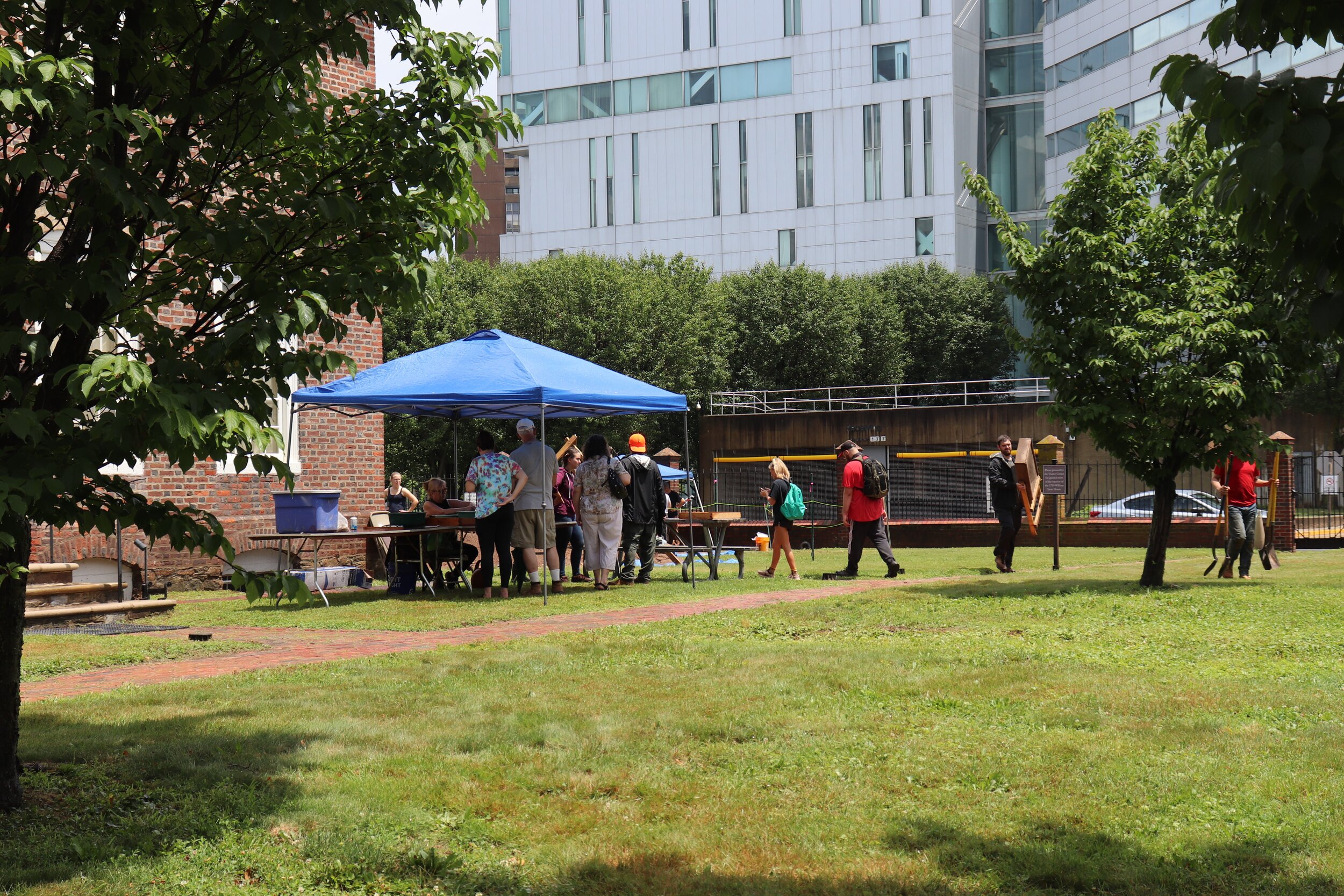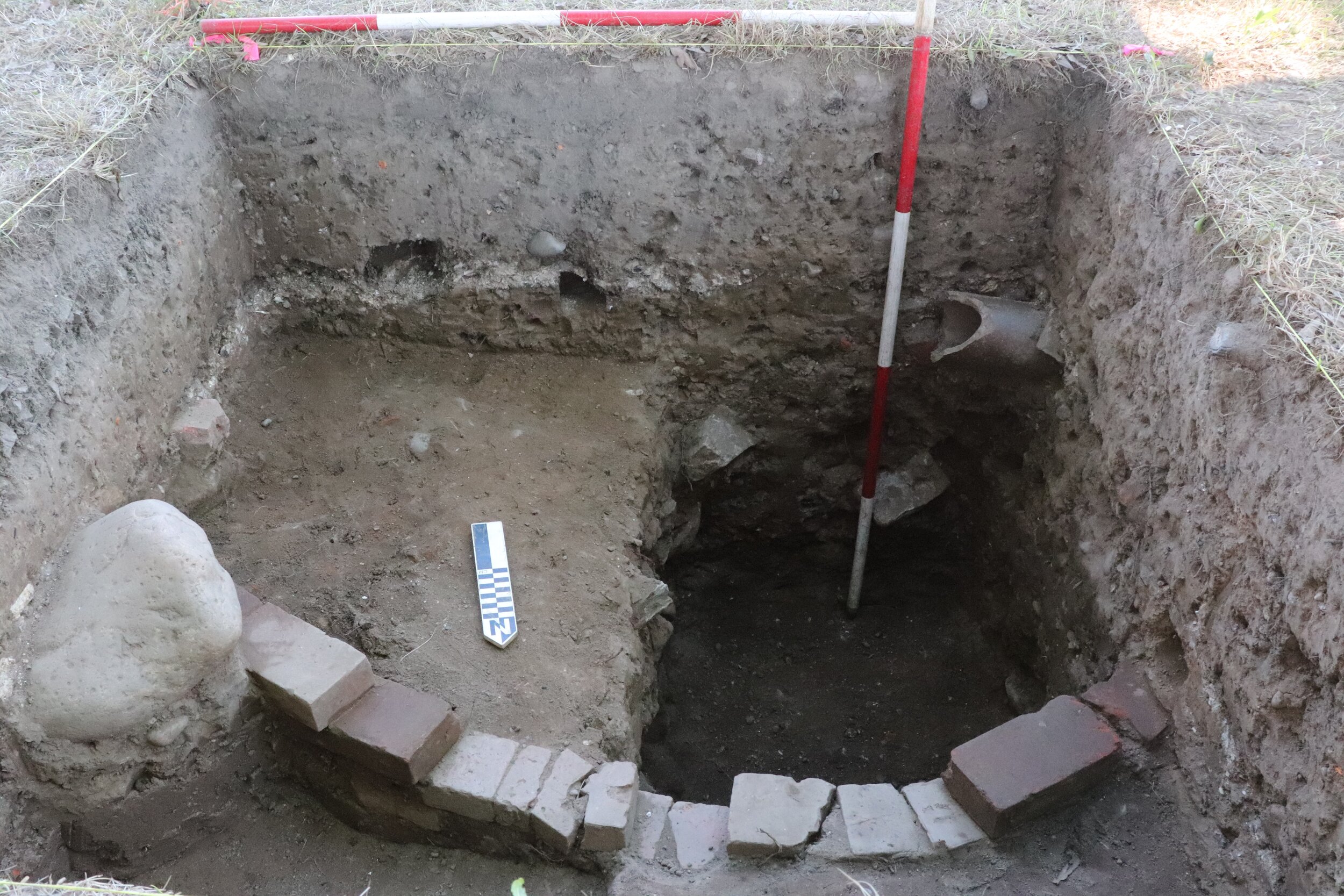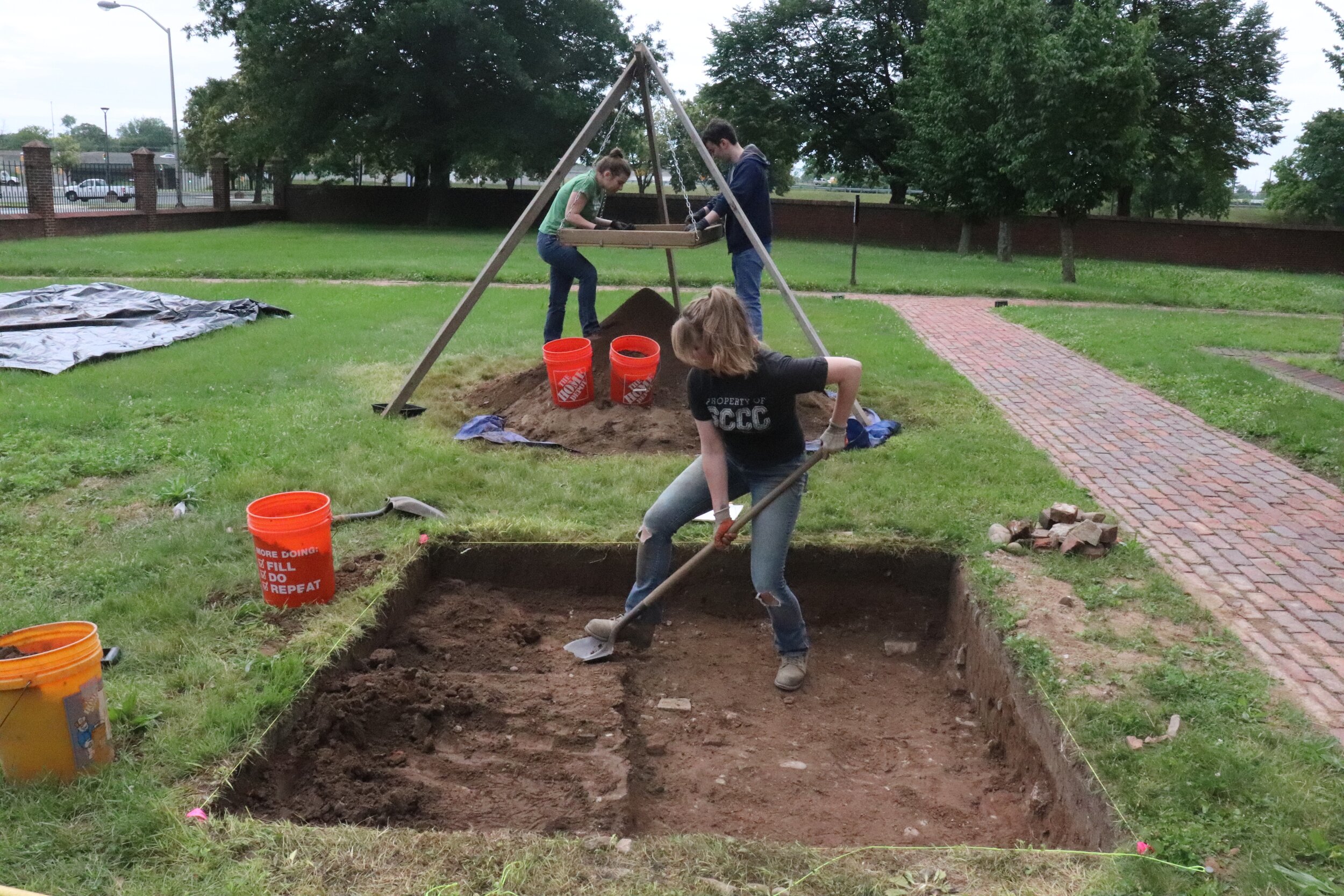Over the past three or four years Hunter Research staff have developed and refined a methodology for documenting cemeteries using traditional recording and surveying techniques supplemented with drone photography and geographic information system (GIS) technology. We are now expert in creating interactive, query-able cemetery-specific GIS datasets with photographs of individual gravestones and web links to www.findagrave.com. This expertise was initially acquired through studies of several orphaned United Methodist cemeteries spread throughout New Jersey and of the much revered Pennington African Methodist Episcopal burial ground in Mercer County (penningtonafricancemetery.org/).
All self-respecting cities treasure their cemeteries. Trenton, New Jersey, is no exception, with its deceased citizens consigned to numerous historic resting places around town, among them Riverview, St. Michael’s graveyard, Mercer Cemetery, the Quaker burying ground on East Hanover Street, Locust Hill and the churchyard of the First Presbyterian Church. This latter cemetery is the subject of an ongoing New Jersey Historic Trust-supported documentation project being conducted by our firm for the First Presbyterian Church of Trenton (www.fptrenton.org/) that will culminate in a preservation plan and GIS product due for completion in mid-2022. Our documentation skills are being challenged to the max by this densely packed patch of hallowed ground as we mesh our methodology with the historical record and add in ground penetrating radar (GPR) to our suite of investigative techniques. Would you care to hazard a guess as to the size of the cemetery population? We’ll be back in touch with our own best guess later in the year!












